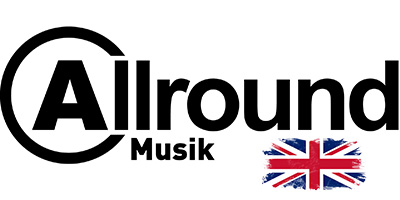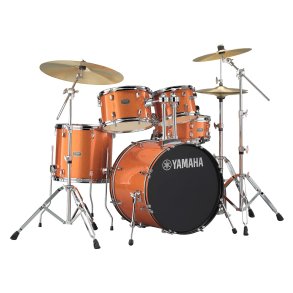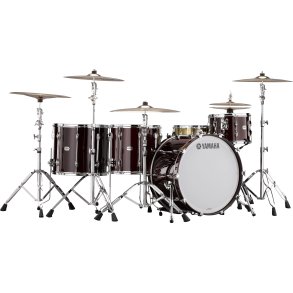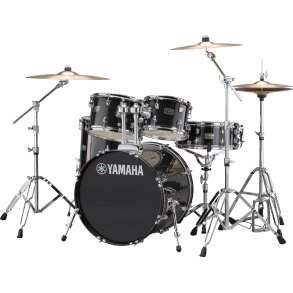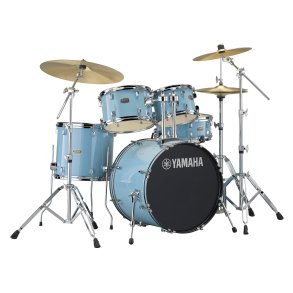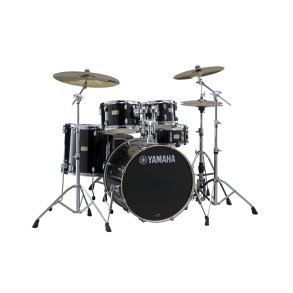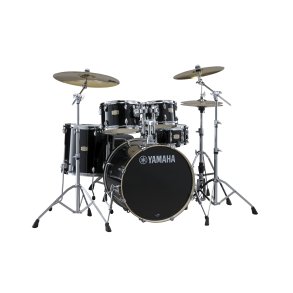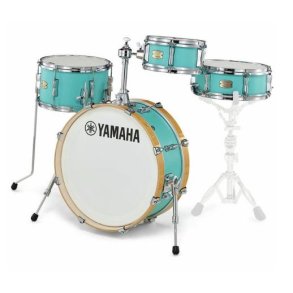Drum kit
When buying a drum kit, there are many questions that may arise. Which drum kit should I choose? How much space does a drum kit take up and how loud is it? Get answers to your questions at the bottom of the page.
Which drum kit should I buy?
If it's your first time buying a drum kit, it can be difficult to make sense of it all. We'll try to help you with a guide to buying your first drum kit. What do you need to pay special attention to?
Firstly, you need to decide whether you want an acoustic or an electronic drum kit. If you live in a house, we always recommend an acoustic drum kit. It's more satisfying and motivating to play in the long run and it's also possible to dampen the sound slightly if needed.
Next, you need to think about accessories. Of course, you'll need drumsticks with you. And then you'll need a drum chair and a blanket to put your drum kit on. The blanket will help stabilize the drums and protect them so they last longer.
Otherwise, the best advice is to go to a music store and try out different drum kits. Sometimes you just know it when you try it live.
How much space does a drum kit take up?
There's no getting around the fact that a drum kit takes up a lot of space in a room. Both in terms of square meters and sound. Most people would probably prefer to place the drum kit in a room with some distance to the rest of the living areas of the house. It's also much cooler to play the drums if you don't have to mute yourself all the time so that others can stand to be there.
If space or volume is an issue, consider an electric drum kit instead. Of course, it will never be the same as an acoustic instrument, but it has its own advantages.
What does a drum kit consist of?
Are you ready for a little geekiness for beginners? Drum kits can look different, but usually a kit consists of up to 5 drums with skins and 3 metal cymbals.
The most well-known parts of the drum kit are probably the bass drum, snare drum and the hi-hat. You'll go a long way with those too.
The bass drum is the largest drum and typically the only drum you don't need a drumstick for. The bass drum is struck with a foot pedal. It's the deepest drum in the drum kit (hence the name "bass drum"). You may have seen drummers putting a blanket or quilt inside the bass drum? This is to shorten the sound of the drum.
The snare drum is smaller in both depth and diameter. Therefore, its sound is also much brighter. If the snare drum's sound starts to fluctuate, you can control and dampen it in a number of ways, including putting duct tape on the skin. Just when you thought duct tape couldn't possibly have more uses.
The hi-hat consists of two cymbals on a stand. With a foot pedal you can control whether the two cymbals are closed together or separated. A closed hi-hat produces a short and sharp sound with a drumstick. An open hi-hat produces a louder sound. With a little practice, it can produce a really cool sound effect.
